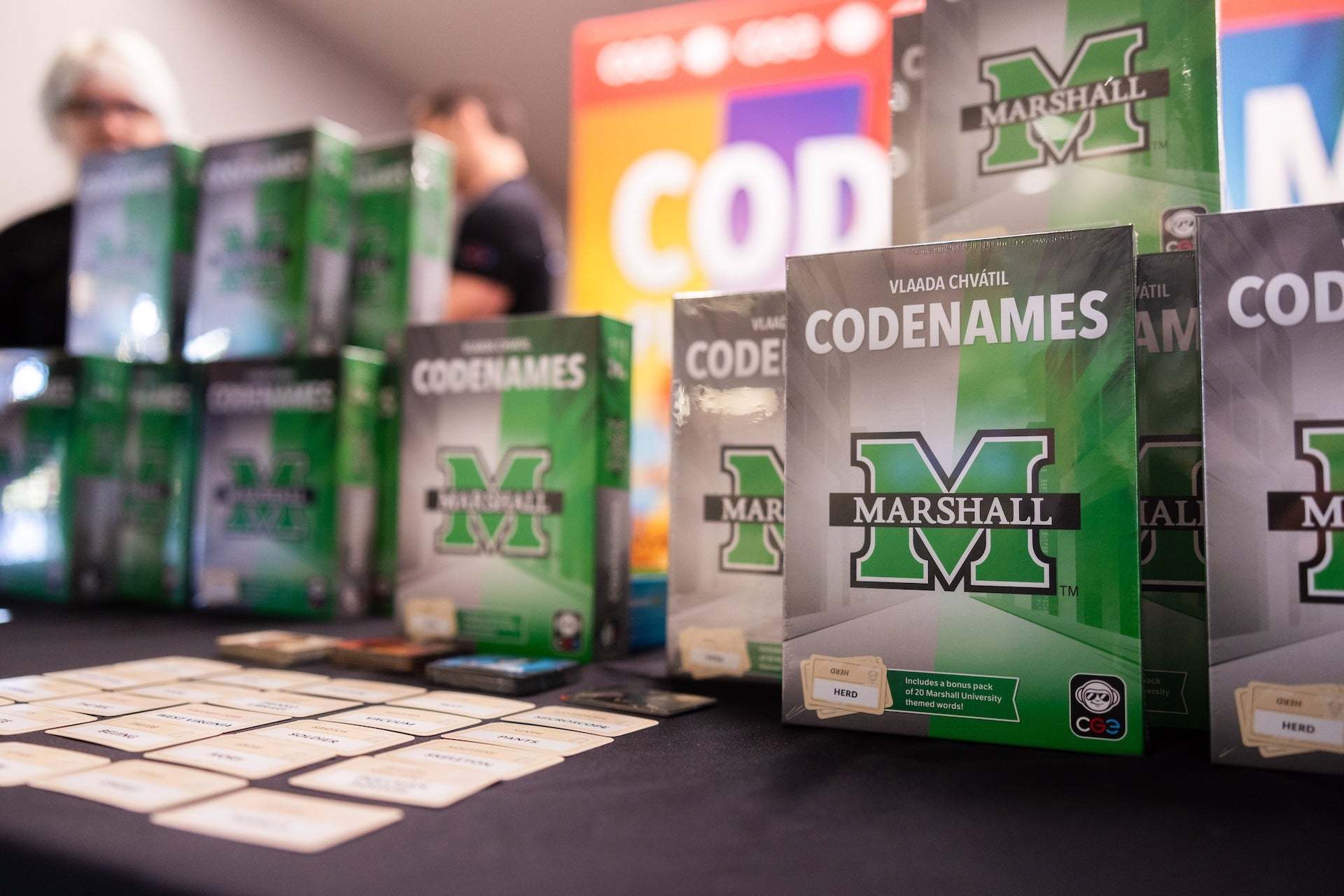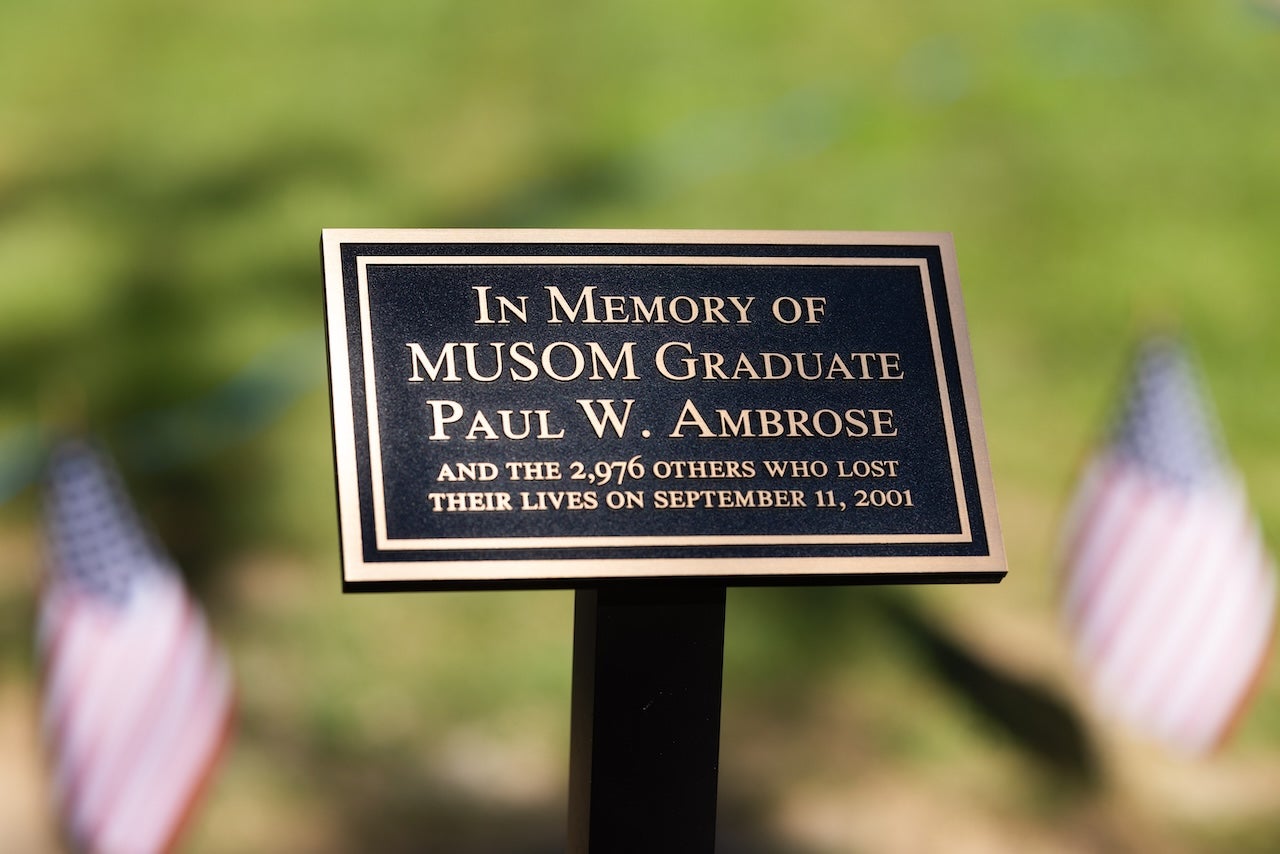Common Search Terms:

Marshall University News
What's happening at Marshall University
Recent Moments
 Choosing Marshall
Oct 28, 2025
Choosing Marshall
Oct 28, 2025
 Finding Purpose Through Resilience
Oct 21, 2025
Finding Purpose Through Resilience
Oct 21, 2025
 Jim Thornton: The voice of “Wheel of Fortune” remembers his time at Marshall.
Oct 14, 2025
Jim Thornton: The voice of “Wheel of Fortune” remembers his time at Marshall.
Oct 14, 2025
 Three Generations Strong
Oct 7, 2025
Three Generations Strong
Oct 7, 2025
 Third time’s the charm
Sep 29, 2025
Third time’s the charm
Sep 29, 2025
 ‘Stay curious’
Sep 22, 2025
‘Stay curious’
Sep 22, 2025
 Finding Her Calling Through Marshall for All: Olivia Southall’s Journey
Sep 16, 2025
Finding Her Calling Through Marshall for All: Olivia Southall’s Journey
Sep 16, 2025
Upcoming Events
HOME Framework Training with Marshall Online – October 31
October 31
Faculty & Staff
Marco’s Trick or Treat Trail
October 31
Graduate Student Showcase Recital
November 02
37th Annual Health Sciences Research Day
November 03
Students
Advance registration for spring semester
November 03
Recommended date to apply for Spring 2026 graduation
November 03
Marshall University Women’s Basketball vs Buffalo- MAC-SBC Challenge
November 03
Jazz Combo II
November 03
Managing your Grant with MURC Panel
November 04
Marshall University Men’s Soccer vs UCF
November 04
Recent News Releases
Marshall School of Art & Design to present student art exhibits
October 31, 2025
Featured Videos



Featured Photo Galleries
Share Your Story
Share your favorite Marshall Moment with us—whether it’s a meaningful memory, a proud achievement, or a special connection you’ve made at Marshall University. Your stories help capture the heart of the Herd and may be featured in future university projects, publications and campaigns. Submit your moment today and help us celebrate what makes Marshall so special!
More News
College of Arts and Media
Marshall School of Art & Design to present student art exhibits
October 31, 2025
Brass Band of the TriState to perform Oct. 21
October 17, 2025
Marshall to present ‘Found and Fabricated’ art exhibit
October 9, 2025
Marshall to present ‘When We Were Young and Unafraid’
September 24, 2025
College of Business
Marshall welcomes Harvard Business School students
October 15, 2024
Tricia Ball returns to Marshall to lead the iCenter
October 2, 2024
College of Education and Professional Development
Marshall professor selected for the Fulbright Specialist Roster
October 14, 2025
College of Engineering and Computer Sciences
Marshall cyber programs see record growth
September 10, 2025
College of Health Professions
College of Liberal Arts
College of Science
Marshall to host middle school summer science camps
May 29, 2025



